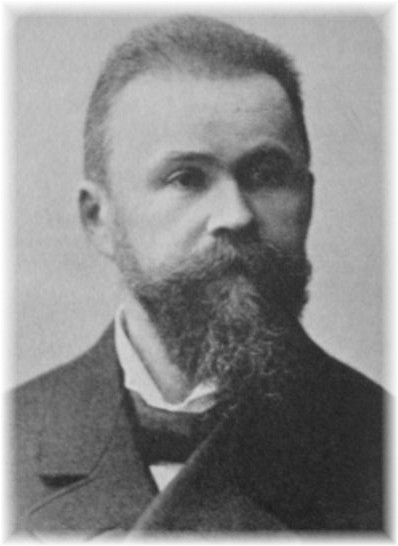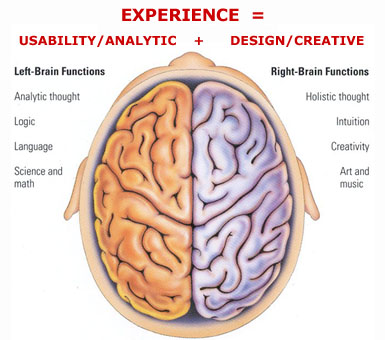Edward Thorndike:
1. Explain Thorndike's puzzle-box experiment.
1. Explain Thorndike's puzzle-box experiment.
Thorndike had to put a cat in a cage were it required it to step on a switch in order to go out. At the beginning, the cat was put into the cage. The cat explored the cage, but did not have the knowledge to escape from it. After some time the cat eventually stepped on the foot switch, and escaped as the door got open. The cat was put several times in the box afterwards. Several trials occurred, and the cat succeeded on escaping the box much faster than the time before since it already had experience and knowledge of the situation.
2. Explain Thorndike's "Law of Effect".
2. Explain Thorndike's "Law of Effect".
It is when the responses to a certain circumstance are reinforced and become usual to that certain circumstance after being followed by something rewarding.
3. Explain Thorndike's "Law of Exercise".
3. Explain Thorndike's "Law of Exercise".
With practice associations and actions are reinforced, and without proper practice, they are weakened and forgotten.
B.F. Skinner:
1. Explain Skinner's concept of Operant Conditioning
1. Explain Skinner's concept of Operant Conditioning
This concept is a learning process based on rewards and punishments. Through this, there is also a connection made between a behavior and a result caused by a particular behavior. Skinner’s theory gets to explain how the behaviors people show every single day are acquired.
2. What does reinforcement always do? It is supposed to strengthen or increase a behavior that follows a certain event or situation.
3. What does a punishment always do?
Punishment is the opposite of reinforcement. It causes a person to decrease or stop a behavior that follows a certain event or situation, since it is an adverse of that event or outcome..
4. Explain the difference between "positive" and "negative" as they are used in operant conditioning.
4. Explain the difference between "positive" and "negative" as they are used in operant conditioning.
“Positive” is usually something given in order to stop or increase a certain behavior. It can either be praise, a direct reward, or punishment by application. On the other hand, “negative” is something taken away, that also has the intention of increasing or stopping a behavior. It can be either the removal of something favorable or unpleasant.
WORKS CITED:
“Cherry, Kendra. “Operant Conditioning.” http://psychology.about.com/od/behavioralpsychology/a/introopcond.html . November 2 2010.
“Connectionism.” http://tip.psychology.org/thorn.html . November 2 2010.
“The Search for laws of Learning.” http://www.psywww.com/intropsych/ch08_animals/thorndikes_puzzle_box.html . November 2 2010.

















